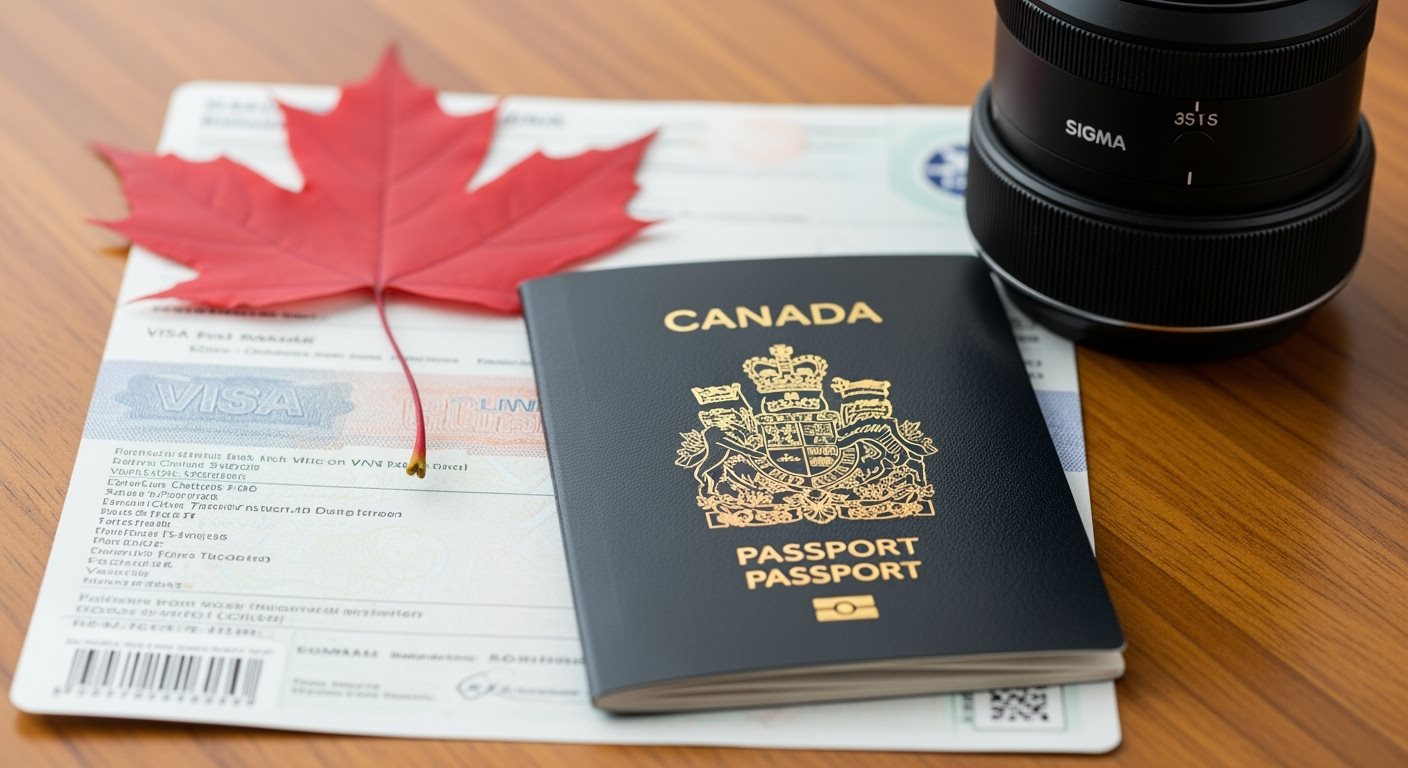Planning a trip to Canada requires understanding the country's entry conditions, which vary depending on your nationality, purpose of visit, and method of travel. Canada has implemented a streamlined system designed to facilitate legitimate travel while maintaining border security.
Whether you're visiting for tourism, business, or transit, knowing which documents you need and how to obtain them will enable a hassle-free entry into this beautiful country.
The key is determining whether you need an Electronic Travel Authorization (eTA), a visitor visa, or if you're exempt from these requirements altogether.

Electronic Travel Authorization (eTA): The Digital Gateway
The Electronic Travel Authorization (eTA) is a mandatory entry requirement for visa-exempt foreign nationals traveling to Canada by air. This digital document is electronically linked to your passport and remains valid for up to five years or until your passport expires, whichever comes first.
Citizens from over 50 countries, including the United States, United Kingdom, Australia, and most European Union nations, are eligible for eTA instead of a traditional visa. The application process is entirely online and typically takes minutes to complete, though it's recommended to apply at least 72 hours before your departure.
Applying for an eTA requires a valid passport, credit or debit card for the $7 CAD fee, and an email address. The online form asks for basic personal information, passport details, and a few background questions about your health and criminal history.
Most applications are approved within minutes, but some may take several days if additional documentation is required. It's important to note that an eTA is only required for air travel; if you're entering Canada by land or sea from the United States, you don't need an eTA.
Visitor Visa: When eTA Isn't Enough
Citizens from countries not eligible for eTA must obtain a visitor visa (also called a Temporary Resident Visa or TRV) before traveling to Canada. This includes travelers from China, India, Russia, and many African and South American countries.
The visitor visa application process is more comprehensive than eTA, requiring detailed documentation including proof of financial support, travel itinerary, ties to your home country, and sometimes biometric data collection. Processing times vary by country but typically range from a few weeks to several months, so early application is crucial.
When applying for a visitor visa, you'll need to demonstrate that you have sufficient funds to support yourself during your stay, strong ties to your home country that will ensure your return, and a clear purpose for your visit. Required documents often include bank statements, employment letters, property ownership documents, and a detailed travel itinerary. Some applicants may also need to undergo a medical examination or provide police certificates, depending on their country of residence and length of intended stay.
Essential Tips for a Smooth Application Process
Regardless of whether you need an eTA or visitor visa, accuracy and honesty in your application are paramount. Any discrepancies or false information can result in application refusal and potential future travel restrictions.
Always use the official Government of Canada website (canada.ca) for applications, as numerous fraudulent websites charge excessive fees for the same service. Keep digital and physical copies of all your travel documents, including your eTA confirmation or visa, as border officers may request to see them upon arrival.
Remember that having an eTA or visitor visa doesn't guarantee entry into Canada; the final decision rests with the border services officer at your point of entry. Be prepared to answer questions about your visit, show proof of sufficient funds, and demonstrate ties to your home country. Additionally, make sure your passport is valid for at least six months beyond your planned departure date from Canada, and consider purchasing travel insurance to cover any unexpected medical expenses during your stay.
